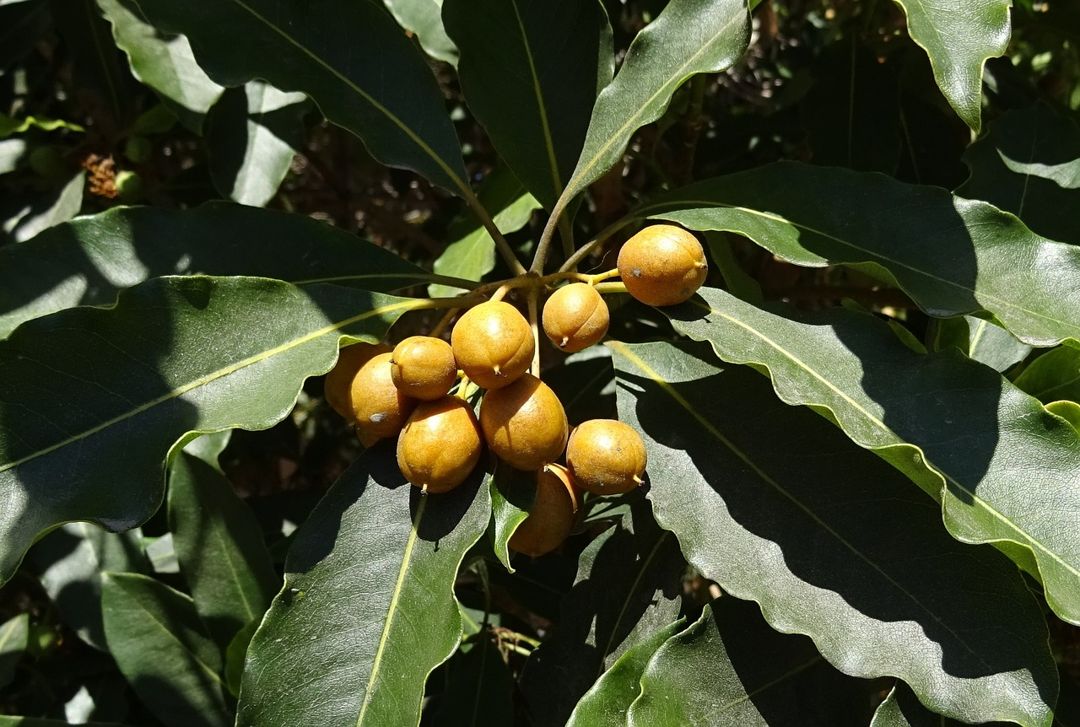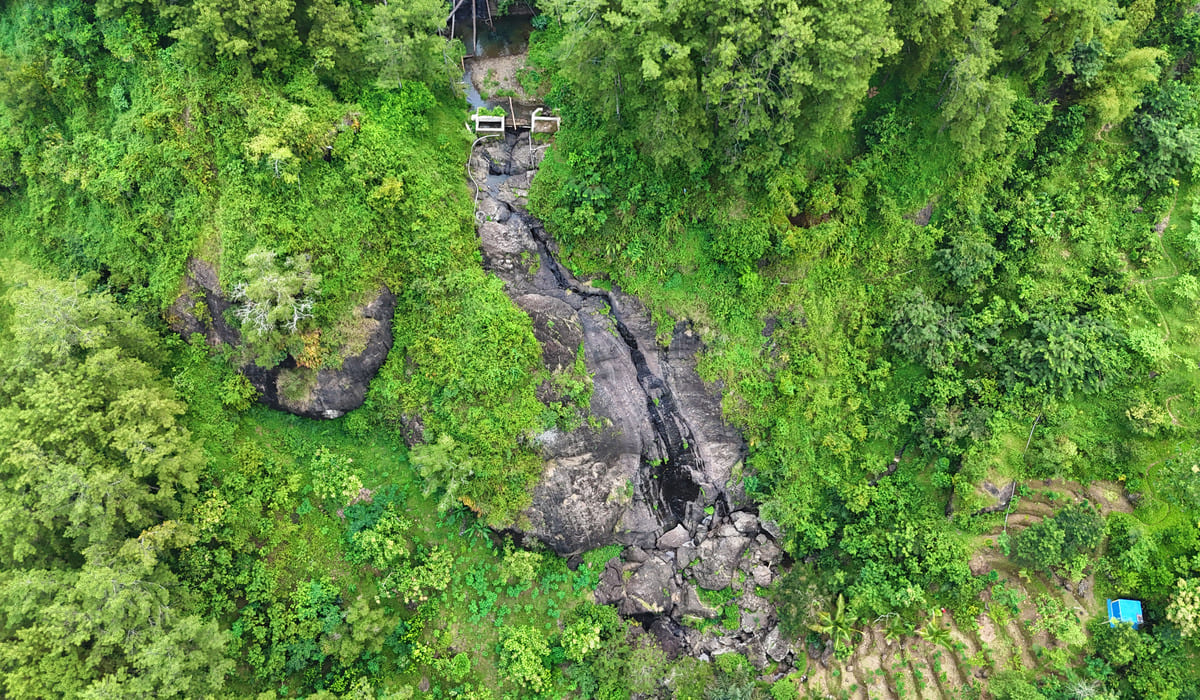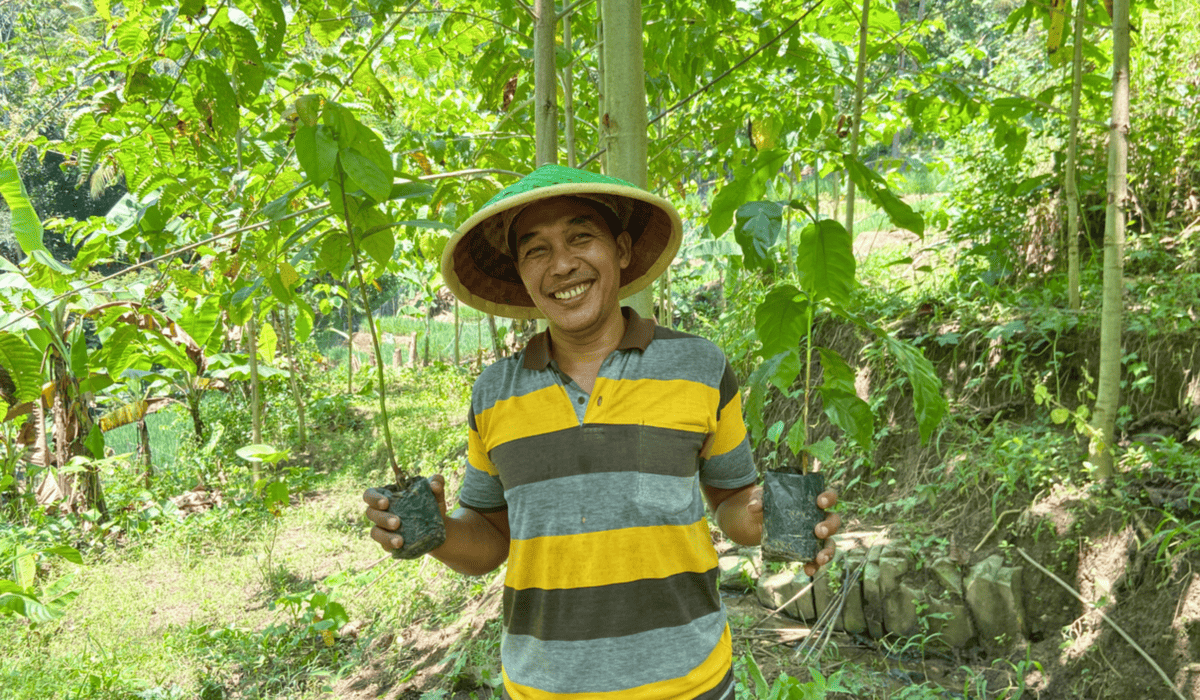Common Name |
Bullet wood, Spanish cherry |
Description |
Evergreen, small to medium-sized tree up to 30(–40) m tall; bole up to 100 cm in diameter, often short and divided into several large main branches but sometimes branchless for up to 15(–20) m, buttresses absent or up to 2 m high; bark surface becoming deeply fissured and sometimes peeling off in thin scales, grey, brown or dark red to blackish, inner bark fibrous, pink or reddish, with scanty watery or white sticky latex; crown dense, rounded and spreading, glossy dark green.
Leaves arranged spirally, more or less in tufts at the ends of branches, simple; stipules minute and caducous; petiole 1–3.5 cm long, grooved above; blade ovate to elliptical or oblong-elliptical, 4.5–17 cm × 2–7 cm, rounded at base, acuminate at apex, margins often wavy and upcurled, glabrous, with 10–20 pairs of lateral veins. |
Products |
In Asia the heavy, strong and durable wood of Mimusops elengi is well known as suitable for heavy general construction, bridge building, boat and shipbuilding, marine construction, flooring, bearings, doors and framing. It has also been used for poles and piles, foundation sills, railway sleepers, paving blocks, mine timber, furniture and cabinet work, vehicle bodies and wheels, turnery, tool handles, walking sticks, weaving shuttles, toys, sporting goods and musical instruments. In Africa the wood is considered good for mortars. A good-quality veneer and plywood can be manufactured from the wood. Mimusops elengi also yields a good fuelwood
The heartwood is deep red or dark red-brown, often with darker streaks, not sharply demarcated from the paler 5–7 cm wide sapwood. The grain is straight, wavy or slightly interlocked, texture very fine to fine and even; occasionally with watered-silk figure on the tangential face of sapwood. The taste is bitter and the wood contains saponin and lathers when rubbed with water. Mimusops elengi yields a heavy hardwood. The density is 780–1120 kg/m³ at 15% moisture content. The wood is very hard, very strong and tough, and is generally considered difficult to work, especially in sawing, due to the presence of silica, but is easier to work when still green; stellite-tipped saws are recommended. It finishes very well using sharp tools. |







